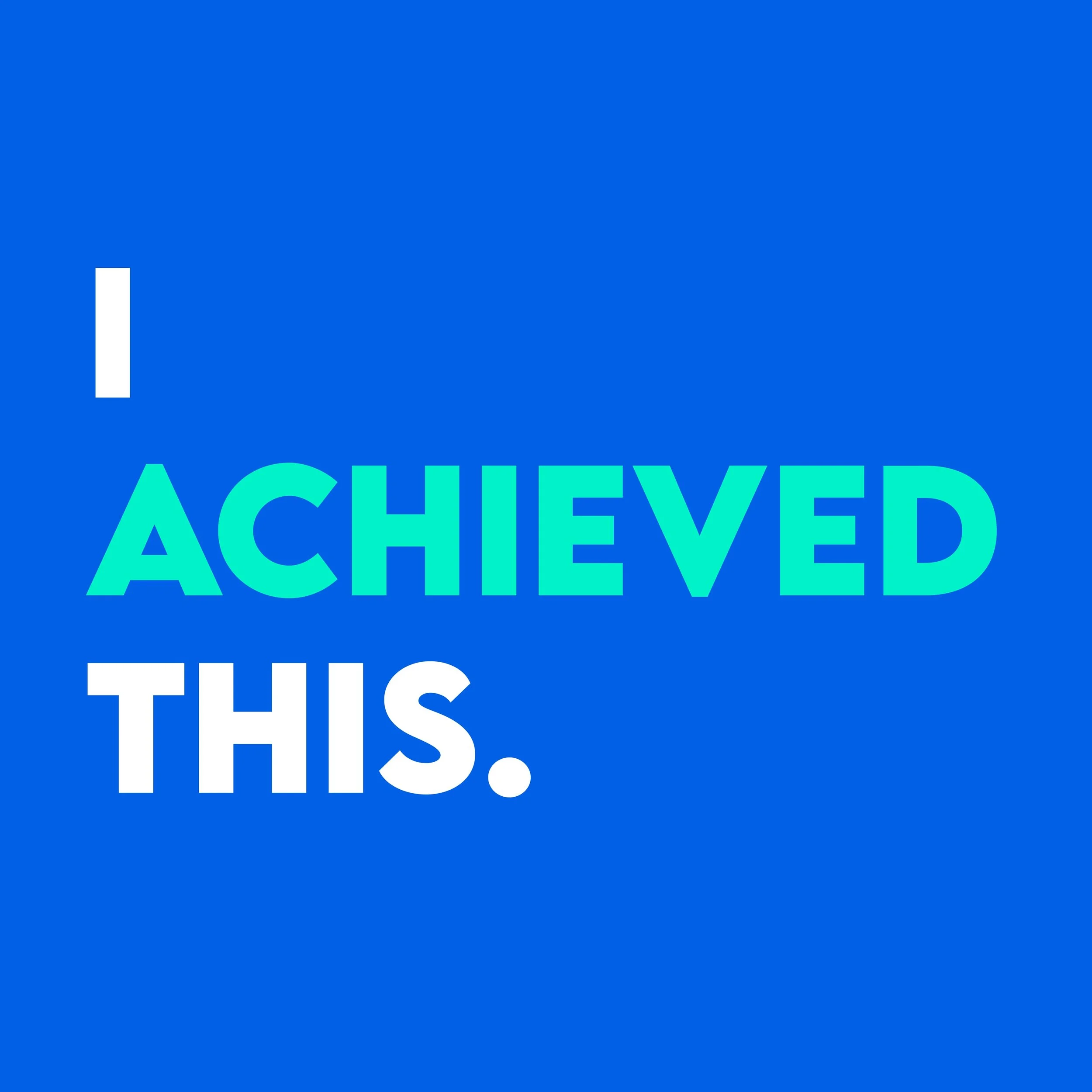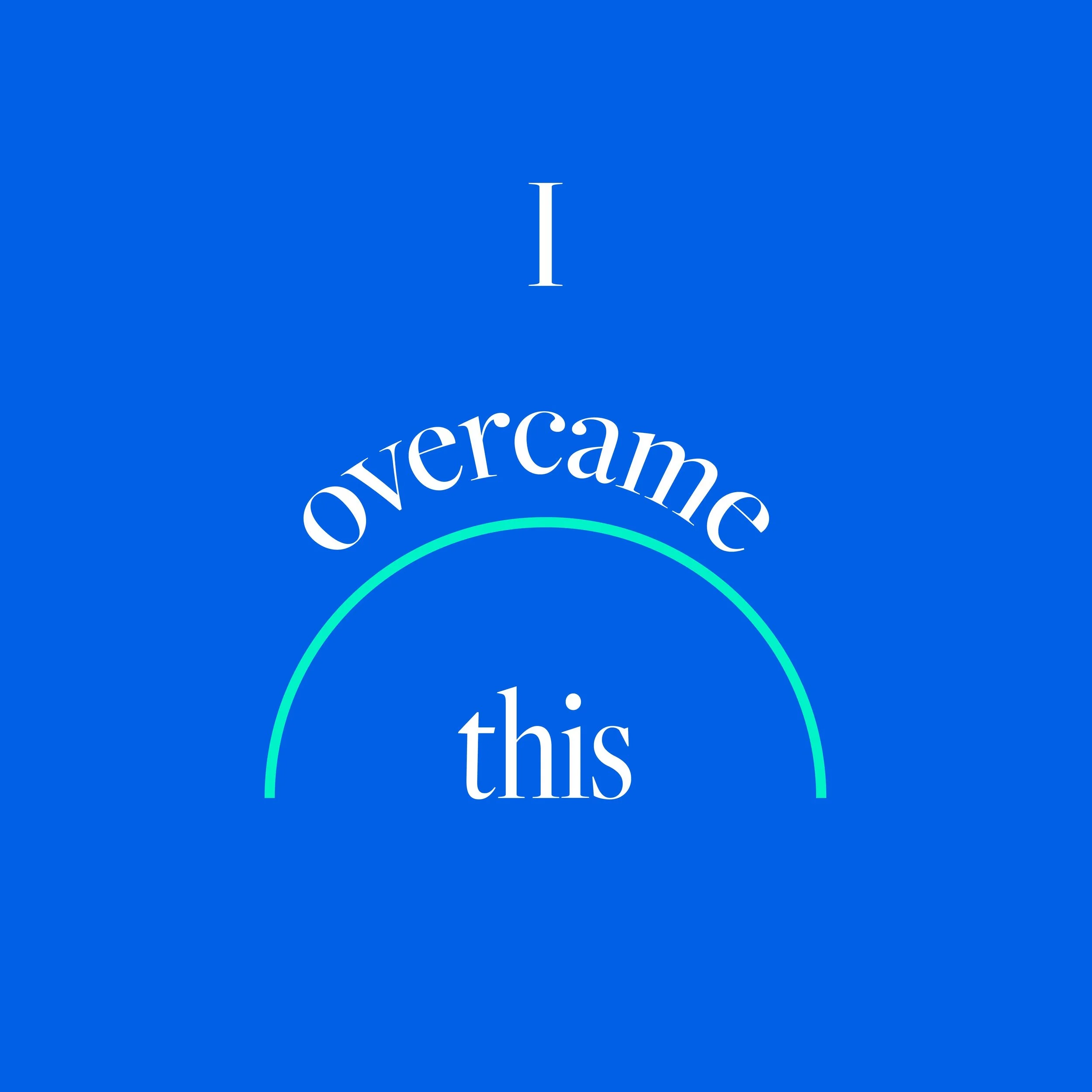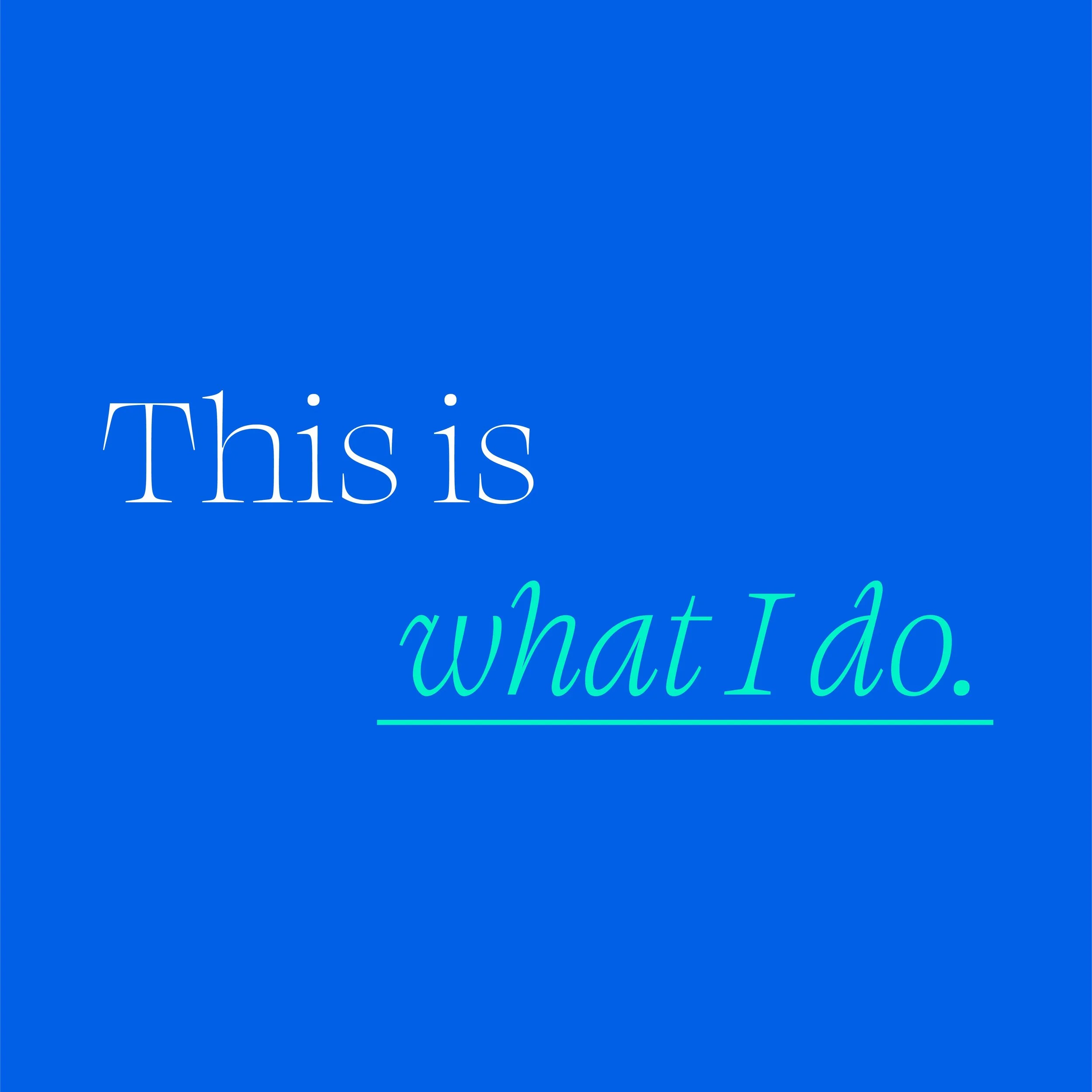Ways to make your portfolio standout to employers
When it comes to designing your portfolio there are many things you can do to elevate it and make it stand out from the crowd. In this article we have listed five steps that we think can help you create the best portfolio that reflects you and your work and catch the attention of a potential employer.
1. Come across as an achiever, not a doer
To many of us fellow designers, we know the hardships and challenges we overcome to create flawless designs, however, a potential employer does not. When crafting your portfolio, you want to present your work not simply as what you did but what and how you achieved. Be to the point and less descriptive, presenting your experience as achievements and newly learnt skills. This will bolster your case against other candidates as it will inform the employer that you can present your work professionally and be analytical.
2. Have a sense of passion and style
With design being so subjective and accessible it may seem difficult to break through and create a name for yourself. However, not all hope is lost as this comes with a flip side. With the increase of accessibility comes the increase of opportunities and exposure, thus making it paramount to have a breadth of personal style and passion for your work. Think of the best possible way that reflects you and your work and curate for the job you want. This will communicate to employers how you value expression for both yourself and your work, and it is definitely something they’d like to see as it gives them an idea of whether you’d be a good fit for them.
3. Communication skills – both written and visual
Many of us already in the industry often refer to ourselves under another title other than ‘graphic designers’, this namely being visual communicators. This is simply because we communicate visually through the use of graphic devices, be it word or image. However, with reference to your portfolio, it is critical to remember that your written skills hold just as much merit as your visual skills. You should consider your portfolio as an exhibition of your work, curating a journey for the user when they engage with it. Be concise and to the point and explain when required using written support to justify your decisions and design thinking.
4. Tell a story – Communicate a solution to a problem
When tackling a brief, we all know it’s usually more than just creating artwork or designs for pleasure. It’s about solving a problem. In your portfolio, show this process and tell the story, reiterating what you achieved but also how and why the process and decisions you made led to the outcome. This will allow employers to grasp an idea of your decision-making ability and design thinking, getting a feel for whether you’d be right for their studio. This is particularly important as employers often like to know how you would deal with adversity and challenges. Your ability to turn a negative into a positive is an incredible trait to have as a designer, as it shows how you are responsive and intuitive to solving a problem.
5. Keep it current and up to date with who you are as a designer and your goals
Your portfolio should reflect both work you are proud of but also that is current as this reflects your current ability. By keeping things outdated could sabotage your chances of landing your dream job or client. Showcase specific projects that target the type of work you’d like and present your skills in their best light. Your use of typography and imagery will both aid this process. If anything, see your portfolio as another project, test things out, make it creative and functional.
By actioning these points when crafting your portfolio you will put yourself in a great position when applying for jobs or seeking new projects. We thought of these five points to help you get the most out of your work and to sell yourself in the best possible light!





